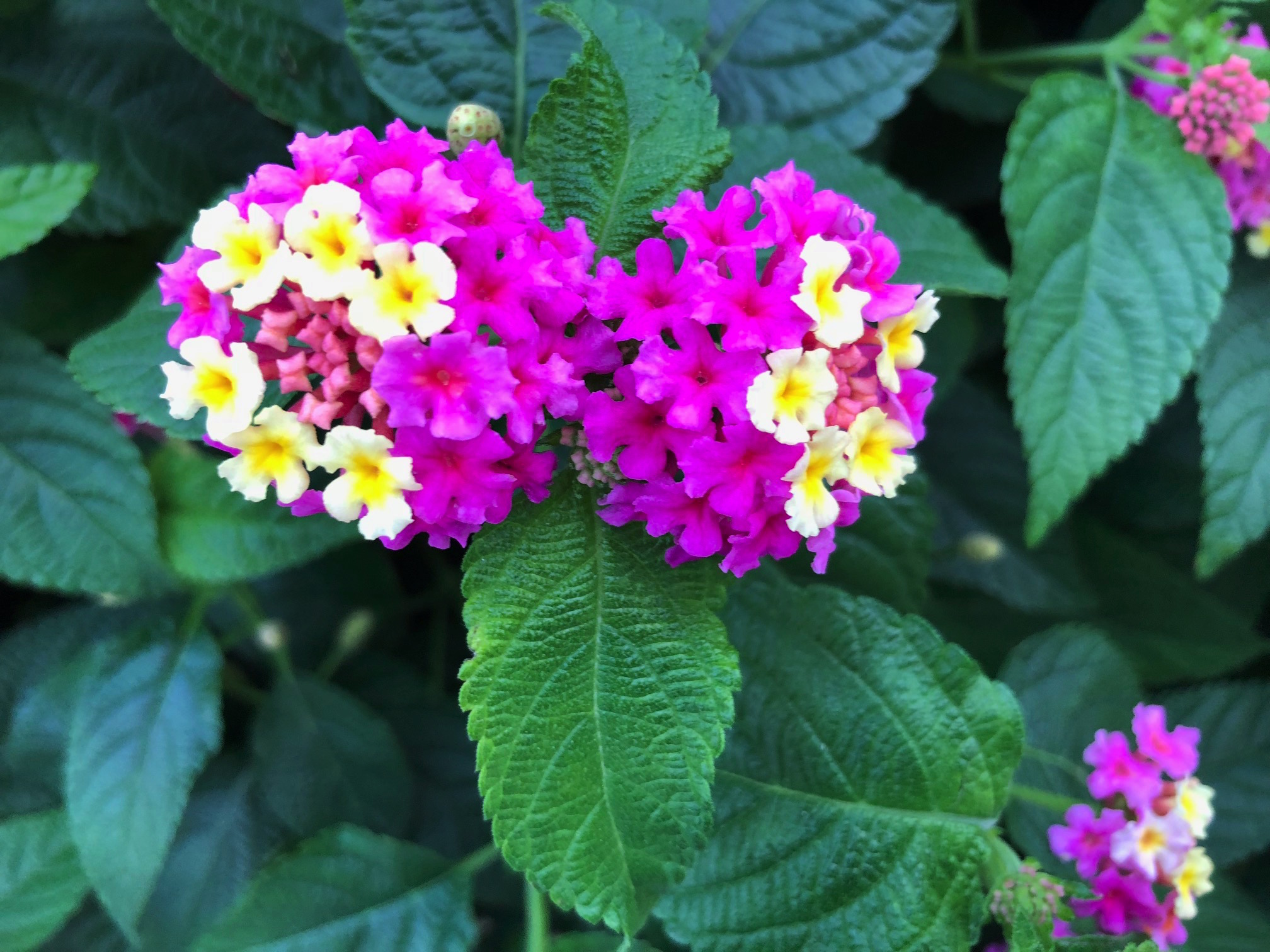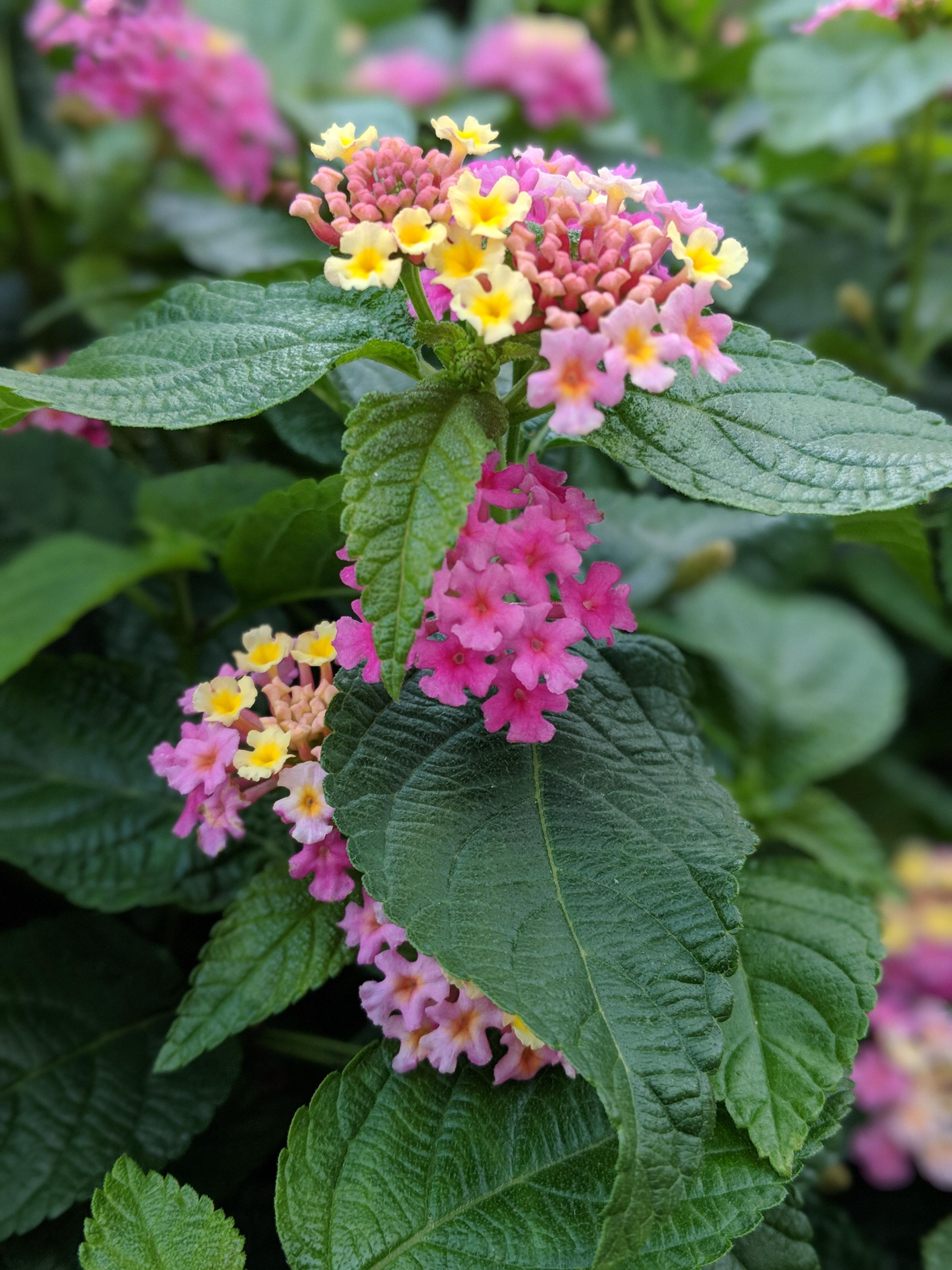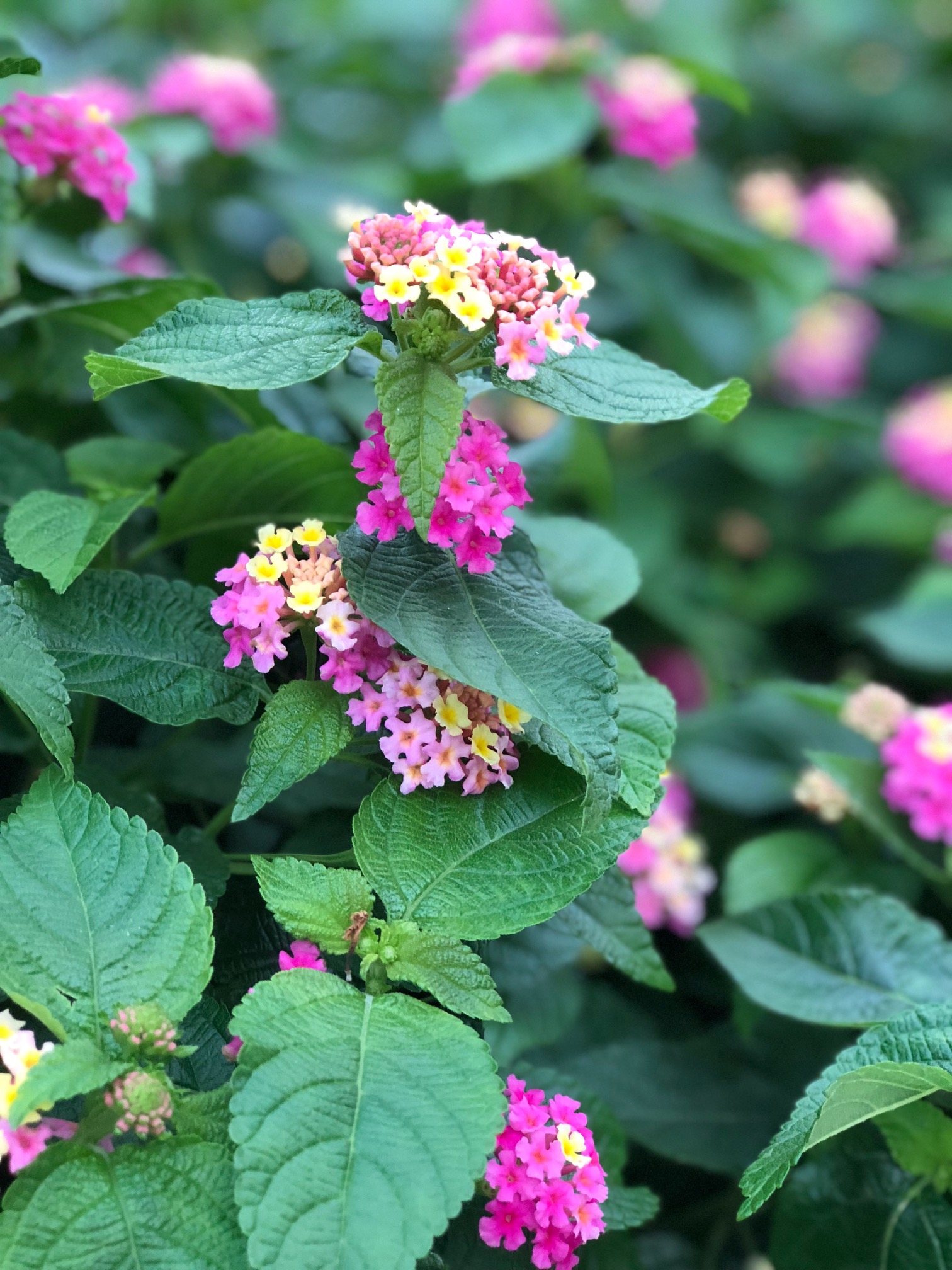The good: Clean interface, great camera, long battery life.
The bad: Underwhelming screen, no facial recognition or iris scanning, not much that makes it stand apart from Samsung and Apple.
Who should buy: Any Android fan that values clean software and camera quality, particularly those looking for something beyond what Samsung’s offering.
When Google unveiled its first Pixel smartphone last year, it felt like a giant leap for a company better known for its software and search engine than its gadgets. Google’s message was clear: Apple and Samsung aren’t the only tech giants capable of making high-quality gadgets. That remains the case with the company’s impressive new Pixel 2 and Pixel 2 XL smartphones.
Both of the new Pixels take what already worked and complement with admirable new features. The larger Pixel 2 XL includes a nearly borderless screen that dominates the phone’s face: a design approach Samsung, Apple, LG and Essential staked out first. Like other recent phones, the new Pixels have adopted basic water resistance. And the camera boasts some fancy new features, like the ability to capture a few seconds of footage around a still photo to create images that move, and a new Portrait Mode for delivering bokeh effects.
Sound familiar? It should if you’ve been following the smartphone industry for the past year. It’s also a familiar song you could sing about some of Google’s competitors, each of whom invariably borrow a feature here or there in what’s become a game of feature leapfrog. The Pixel 2 and 2 XL are more Google catching up than edging past those others, but that doesn’t mean they’re not worth a look. With its easy-to-navigate interface, long battery life and great camera, the larger Pixel 2 XL may in fact be the smartphone of choice for Android fans looking for take fresher than Samsung’s.
Let’s start with screens: the $649 Pixel 2 includes a 5-inch, 1920-by-1080 pixel display, while the pricier $849 XL version has a 2880-by-1440 pixel screen. The XL edition’s nearly edge-to-edge screen is far more impressive. As nearly borderless screens become common on flagship smartphones, the standard Pixel 2’s thick frames make the phone look outdated. The Pixel XL 2’s screen is sharp and vibrant, but not quite as stunning as the displays found on the Samsung Galaxy S8+, Apple iPhone 8 and Essential Phone. All three of those devices produced bolder colors than the Pixel 2 during my experience.
The new Pixel phones are getting another handy new feature that Samsung phones have long had: an always-on display. That means that even when the screen is turned off, you’ll be able to see things like the time and notifications. It’s a welcome addition that makes your smartphone even more useful as a bedside clock. Google is taking this one step further with a new feature called Now Playing, which identifies songs and shows the title and artist name on screen. This worked occasionally for me, but there were times in which the Pixel 2 XL failed to pick up on songs that were currently playing, even when there was minimal background noise. Google says the feature is designed to recognize songs within a few seconds in optimal conditions, which means when it’s quiet and there isn’t much chatter happening.
My favorite aspect of Google’s Pixel phones, though, is their software, and that’s no different with the Pixel 2 and Pixel 2 XL. The interface is simpler and more streamlined than Samsung’s Galaxy S8, if only slightly. Samsung has made tremendous improvements to its software over the years by cutting the clutter and widgets, and the Galaxy S8’s interface rivals Google’s. Then again, if you’re closely tethered to Google services like Gmail or Google Chrome, Google’s phone does more to make these apps central to your experience.
Google also moved the phone’s search bar to the bottom of the screen, beneath the app dock, which makes the home screen feel cleaner than on last year’s model. And the new Pixel phones have a special shortcut called Active Edge for accessing the Google Assistant more easily. Instead of talking or holding a button to summon Google’s digital helper, you squeeze the sides of the phone to activate the Assistant. The feature works well enough, but can’t be customized to perform different tasks. Squeezing the phone’s corners to silence my alarm in the morning, for example, would be very useful.
If I had to pick one area the new Pixel phones notably surpass last year’s model, it’s their cameras. Both the Pixel 2 and Pixel 2 XL include 12.2-megapixel cameras with f/1.8 aperture capable of taking more colorful photos than the original Pixel. When testing the Pixel 2 XL’s camera against that of the iPhone 8 Plus, Galaxy S8+ and previous generation Pixel XL, I thought the new Pixel was best at capturing the right balance of color and detail when shooting outdoors in daylight.
Take a look at the batch of sample photos below. You’ll notice the iPhone 8 Plus’ image makes certain parts of the flower look washed out compared to the other photos. The Galaxy S8’s image isn’t quite as sharply focused as the rest, and the overall color in the original Pixel’s photo feels flat and muted. The Pixel 2 XL had the right mix of accurate color, balanced lighting and precise detail.
Google Pixel 2 XL

Apple iPhone 8 Plus

Samsung Galaxy S8+

Google Pixel XL

The new Pixel’s Portrait Mode feature, which blurs the background in order to make a subject appear more crisp in the foreground, also performs just as well as Apple’s. The iPhone 8 Plus’ photo was better lit, but the Pixel 2 XL’s showed richer color. Take a look at the examples below.
Google Pixel 2 XL

Apple iPhone 8 Plus

Google Pixel owners also get a nice, exclusive bonus feature called Google Lens that turns your camera into a realtime object-identification tool. It’s similar to the Google Goggles app the company’s offered for years, only baked into the Google Photos app on the phone. Just tap the Lens icon when looking at a photo, and Google will identify the subject and provide useful information. When viewing a photo of my cat, for example, Google was able not only to identify it as a cat, but also got the breed right.
Google Lens is still in preview mode, so the subjects it can identify are limited. But when it works it definitely impresses. Samsung offers something similar on its newest Galaxy phones called Bixby Vision, but its results are less granular. Bixby Vision will often pull up related images through Pinterest, for interest, instead of offering detailed information about a subject.
Battery life is more than reasonable, if standard at this point. In the few days I’ve spent using the Pixel 2 XL as my primary phone, I never ran out of juice. By the end of my workdays, around 7:00 p.m., I usually had about two-thirds battery charge left. Your mileage may vary, as always given different usage profiles: if you’re a heavy Bluetooth user, leave the brightness cranked up to high, or record a lot of video, the battery will drain quicker. If you opt for the basic Pixel 2, which has a smaller battery, you’ll run out of charge sooner as well. My results are based on moderate to heavy usage that involved frequently checking email and social media, capturing photos, streaming Netflix, and making occasional phone calls.
Overall, the Pixel 2 is a great choice for Android fans that care about camera quality and having an easy-to-use interface above all else. Yes, nothing about the Pixel 2 sets it apart from Apple and Samsung’s phones. But while Google’s rivals are setting the stage for what’s to come by incorporating potentially trendsetting new technologies like facial recognition and iris scanning, Google is quickly catching up.
4 out of 5
More Must-Reads From TIME
- The 100 Most Influential People of 2024
- The Revolution of Yulia Navalnaya
- 6 Compliments That Land Every Time
- What's the Deal With the Bitcoin Halving?
- If You're Dating Right Now , You're Brave: Column
- The AI That Could Heal a Divided Internet
- Fallout Is a Brilliant Model for the Future of Video Game Adaptations
- Want Weekly Recs on What to Watch, Read, and More? Sign Up for Worth Your Time
Contact us at letters@time.com